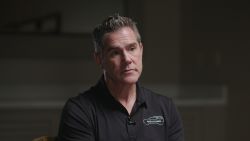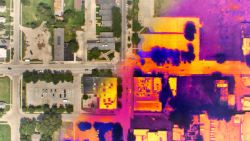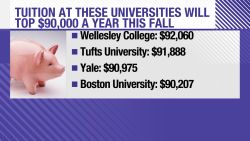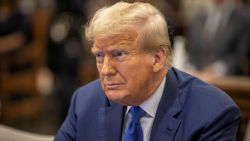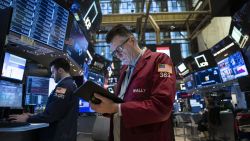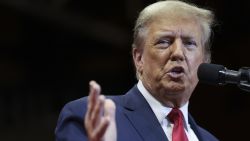The US economy got off to a rough start this month, with various data pointing at a slowdown. Now economists are saying this trend will only get worse.
The National Association for Business Economics said in a survey released Monday that US GDP growth next year will drop below 2% for the first time since 2016. In the previous survey, the consensus expectation for next year was 2.1% — now it has dropped to 1.8%.
President Donald Trump promised as much as 4% GDP growth earlier in his presidency, which the economy achieved in the second quarter of 2018. For the year, however, the economy grew by a more modest 2.8%.
Although the 54 economists surveyed by NABE don’t yet expect a recession, the dour forecast is the latest example that a slowdown is no longer merely an expectation. It’s here now, and it’s likely to stay.
Last week, an Institute for Supply Management report found the manufacturing sector contracted for the second straight month in September. One index measured the industry’s monthly growth at its lowest since June 2009. The services sector, too, unexpectedly slowed. A mixed jobs report on Friday left investors wondering whether the Federal Reserve will step up again to stimulate growth later this month.
When put in perspective, however, the economy is not in bad shape.
For example, fewer jobs than expected were added in September, but America is near full employment. It makes sense that job growth is slowing: With the unemployment rate at 3.5%, its lowest since December 1969, there are not enough people available to fill open positions.
The economy is really still “in a good place,” Fed Chairman Jerome Powell said Friday. It certainly is. This is the longest expansion of the US economy on record, and it’s still going — just at a slower pace.
The Fed has raised interest rates twice so far this year to keep growth going. But expectations for monetary policy in the remainder of 2019, are all over the place. The NABE economists are split, with 40% anticipating another rate cut this year. Three-quarters of them expect a rate cut by the end of 2020.
By comparison, market expectations call for a 78% chance of a quarter percentage point cut this month, and a nearly 90% chance for a decrease in December, according to the CME FedWatch Tool.
But rate cut or not, the trade war remains a real risk to the economy.
“The rise in protectionism, pervasive trade policy uncertainty, and slower global growth are considered key downside risks,” said Gregory Daco, chief US economist at Oxford Economics and survey chair for NABE.
The uncertainty the US-China trade war poses for overall growth and individual sectors like manufacturing, which rely on both global demand and materials from abroad, is tremendous.
Financial markets have been getting slapped around by headlines all year, with stocks rallying at slightest signs of hope for a trade deal and then dropping with the next escalation. If the trade war were out of the way, the outlook for the economy could look very different.





